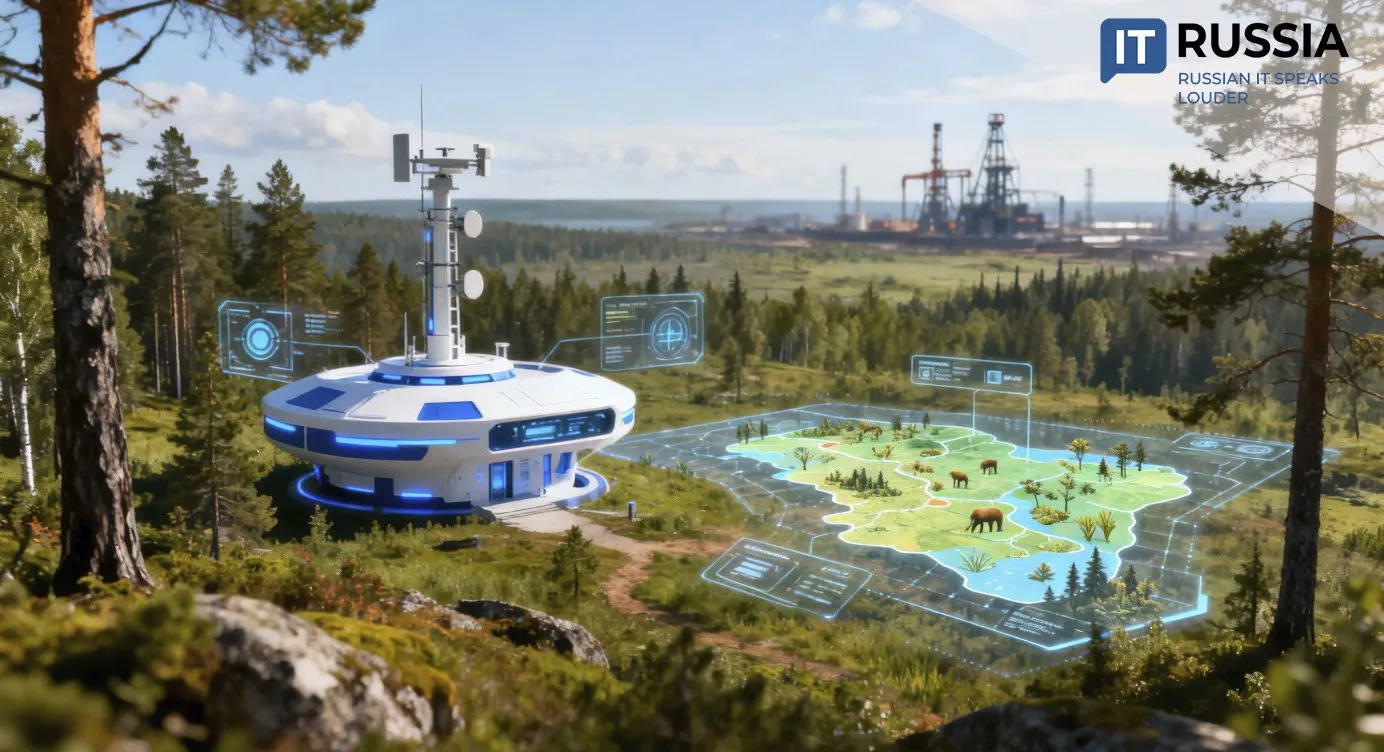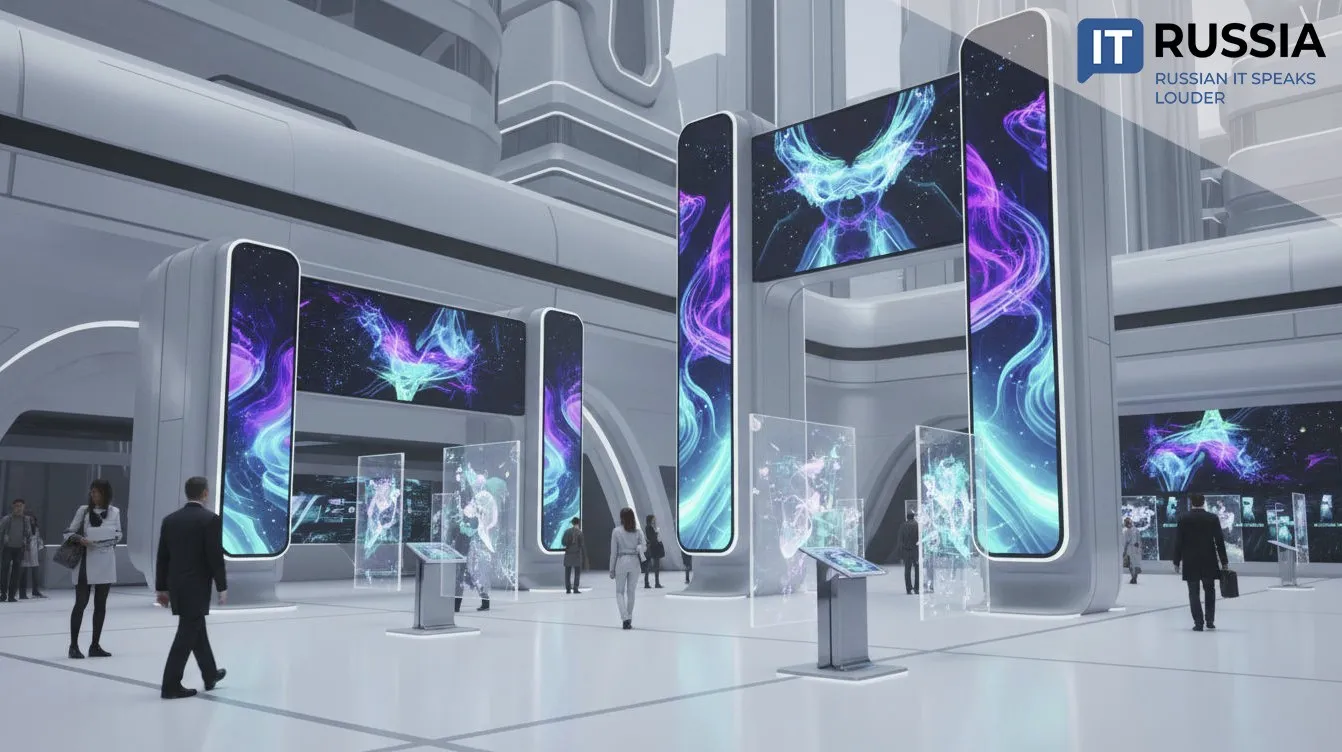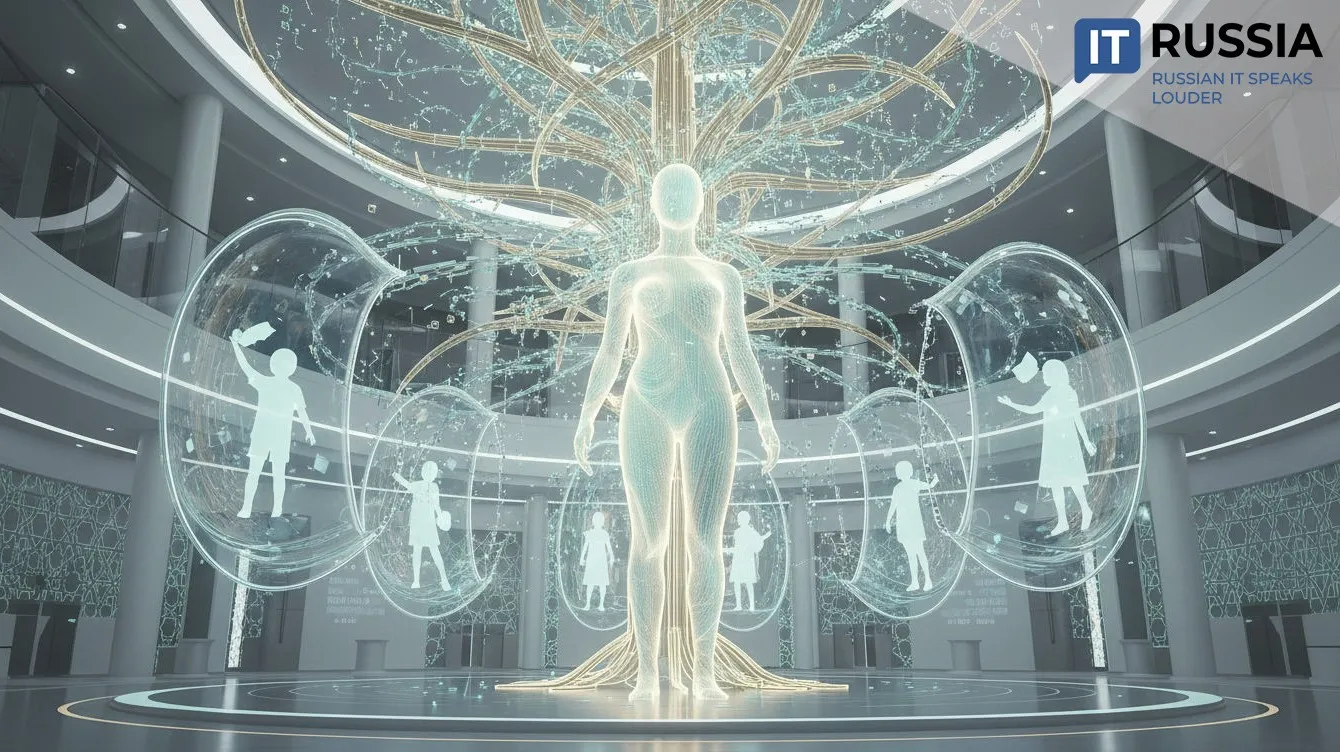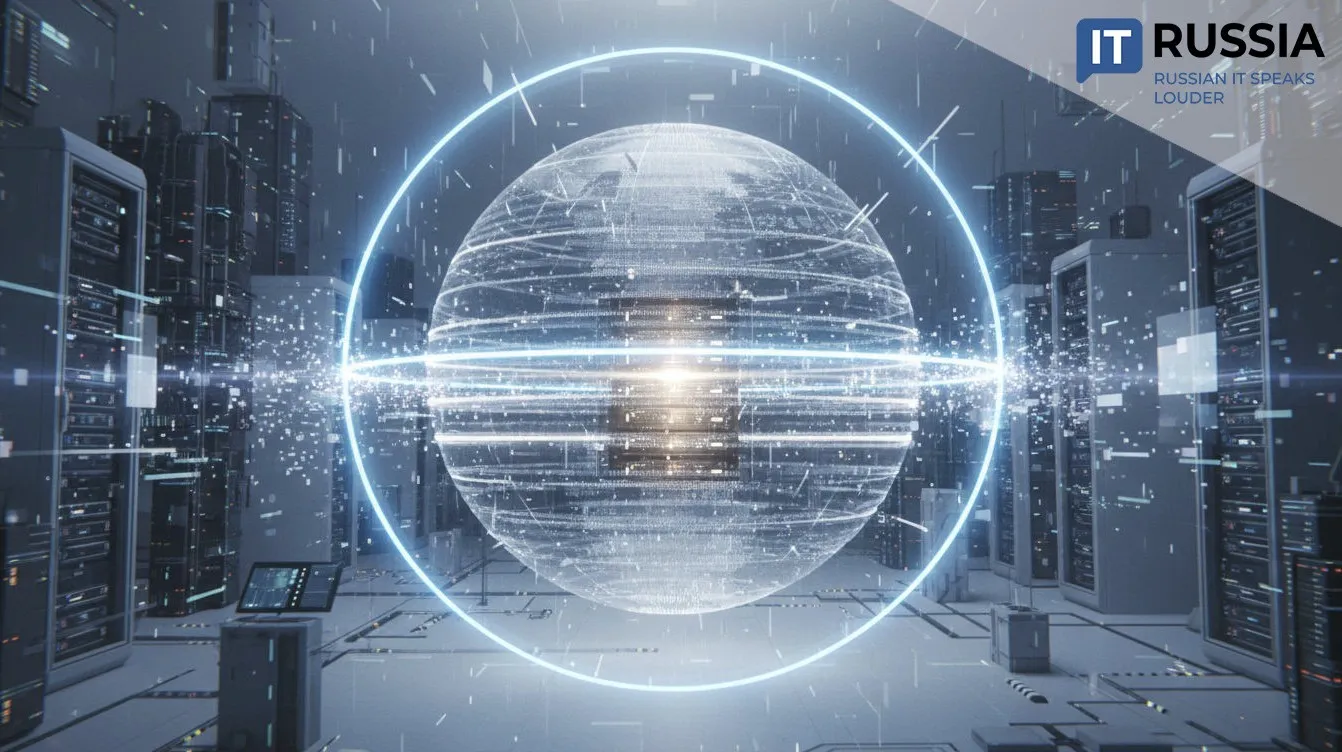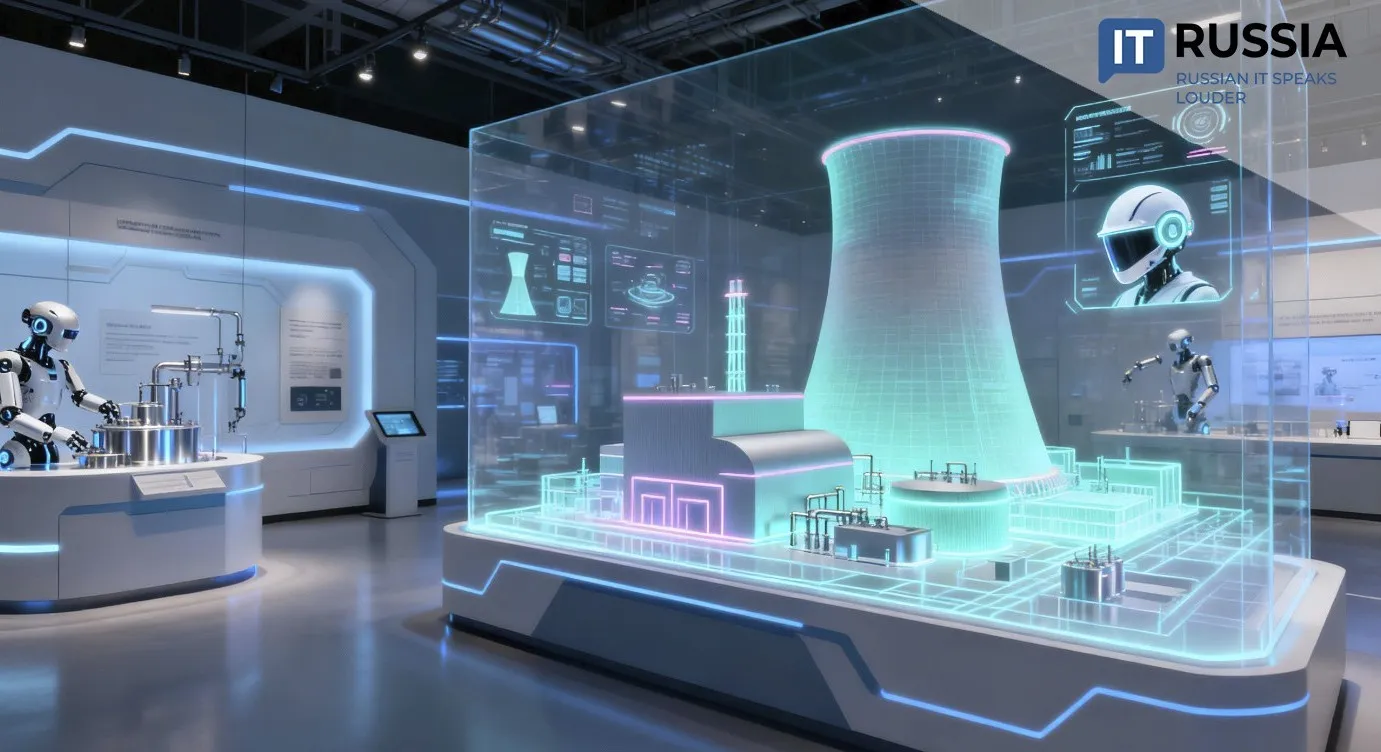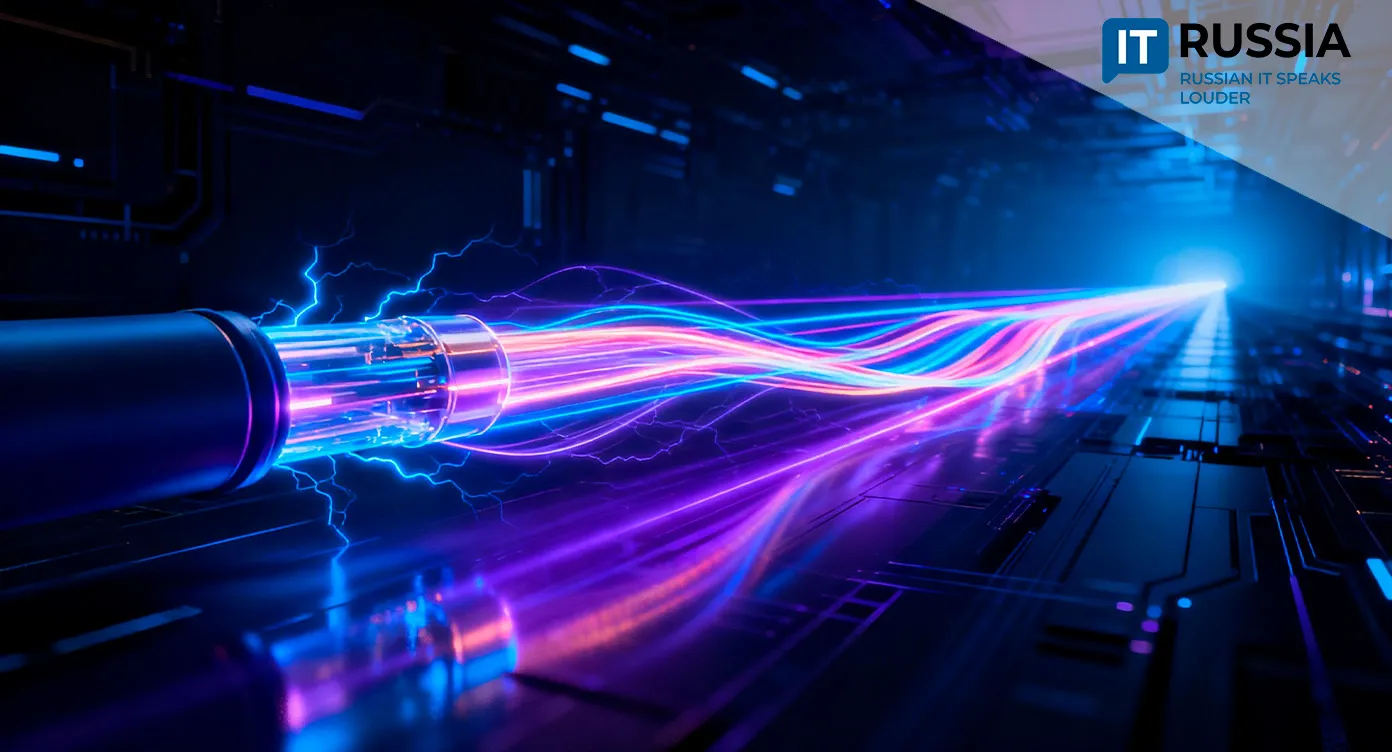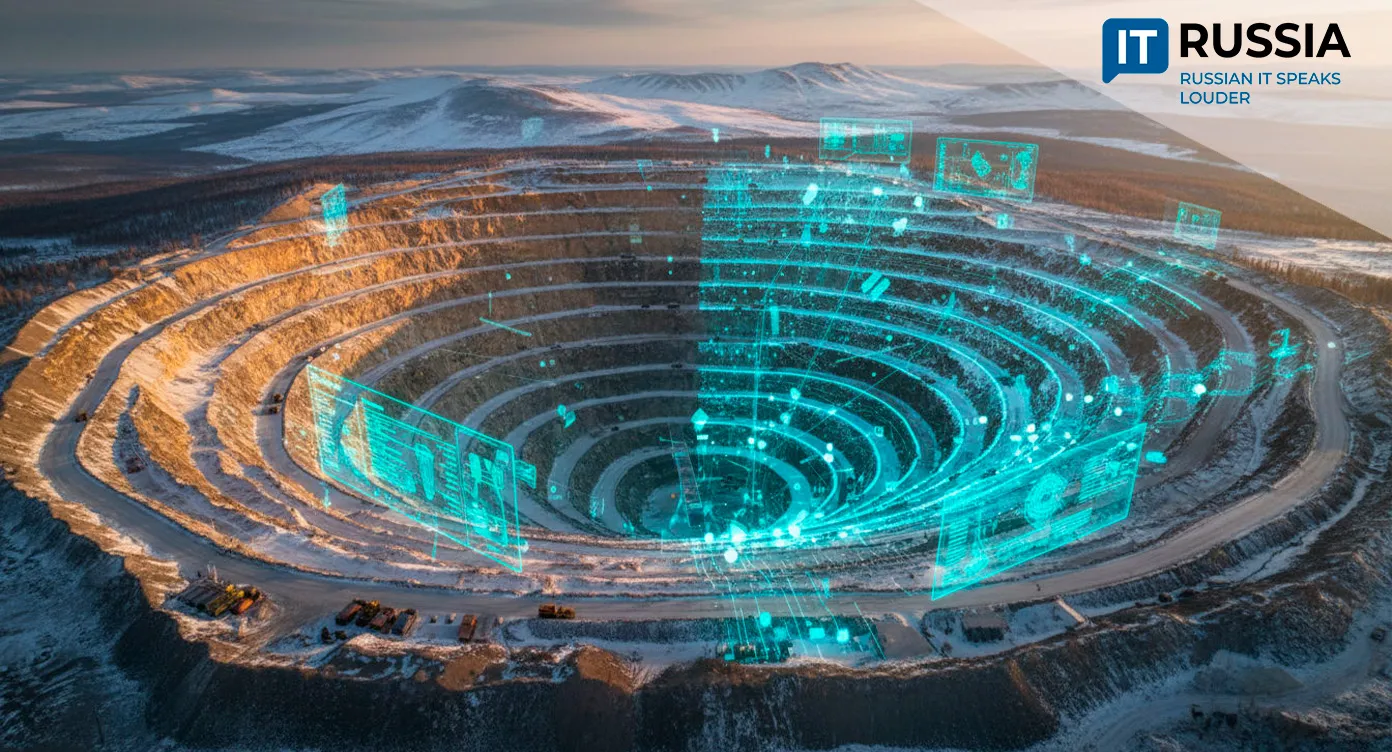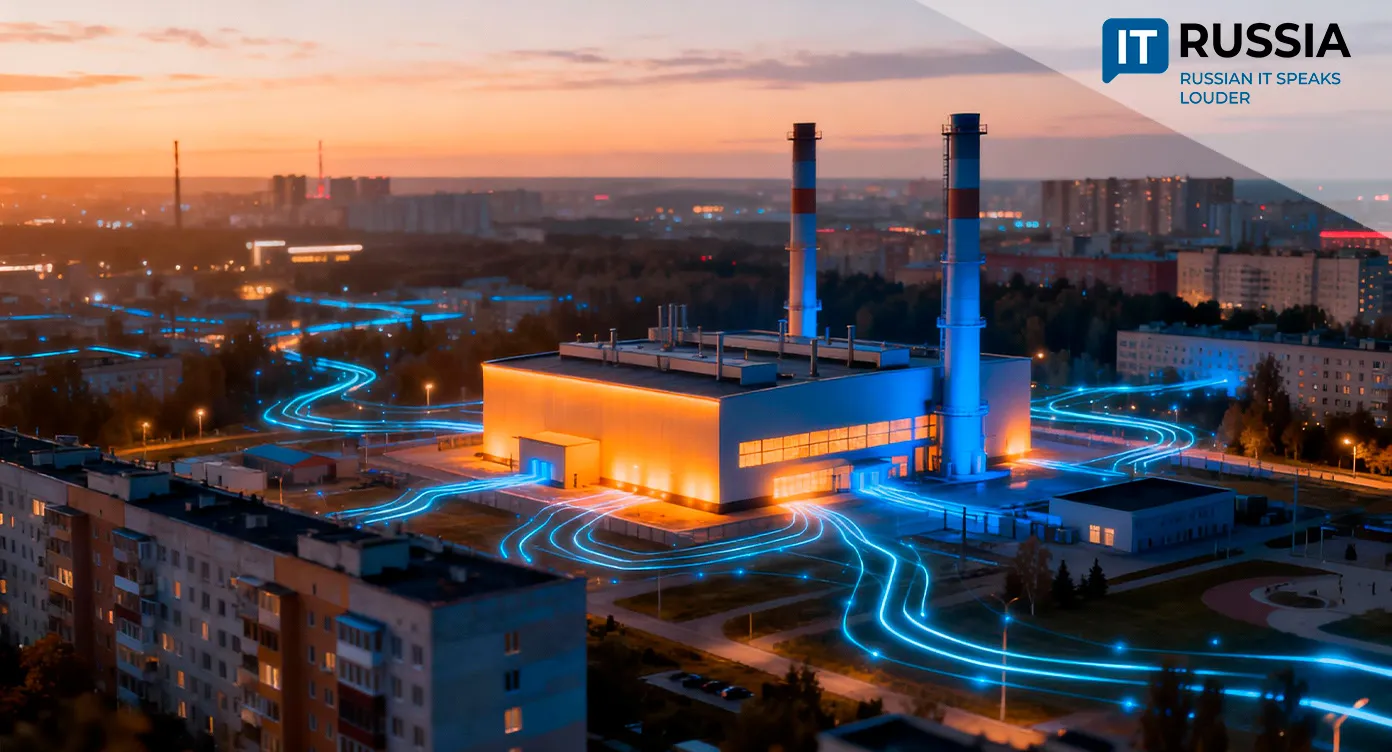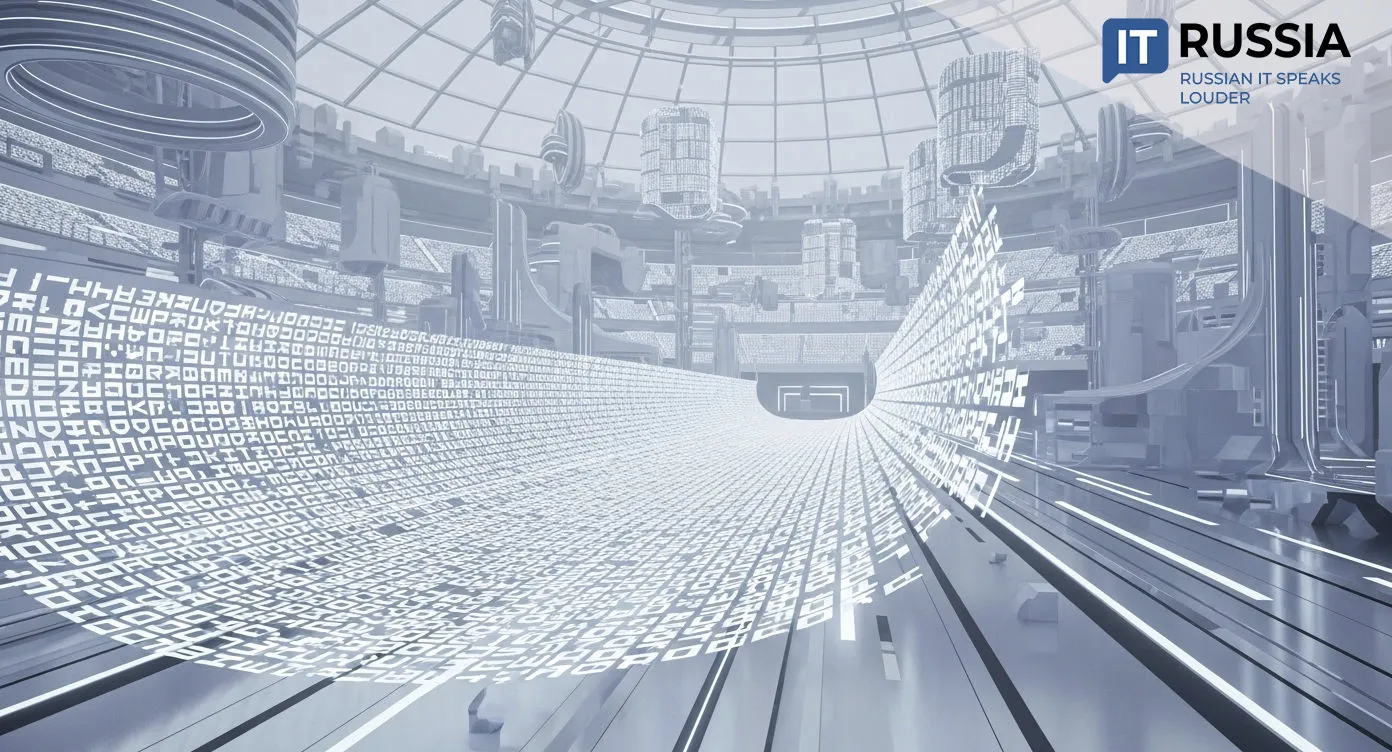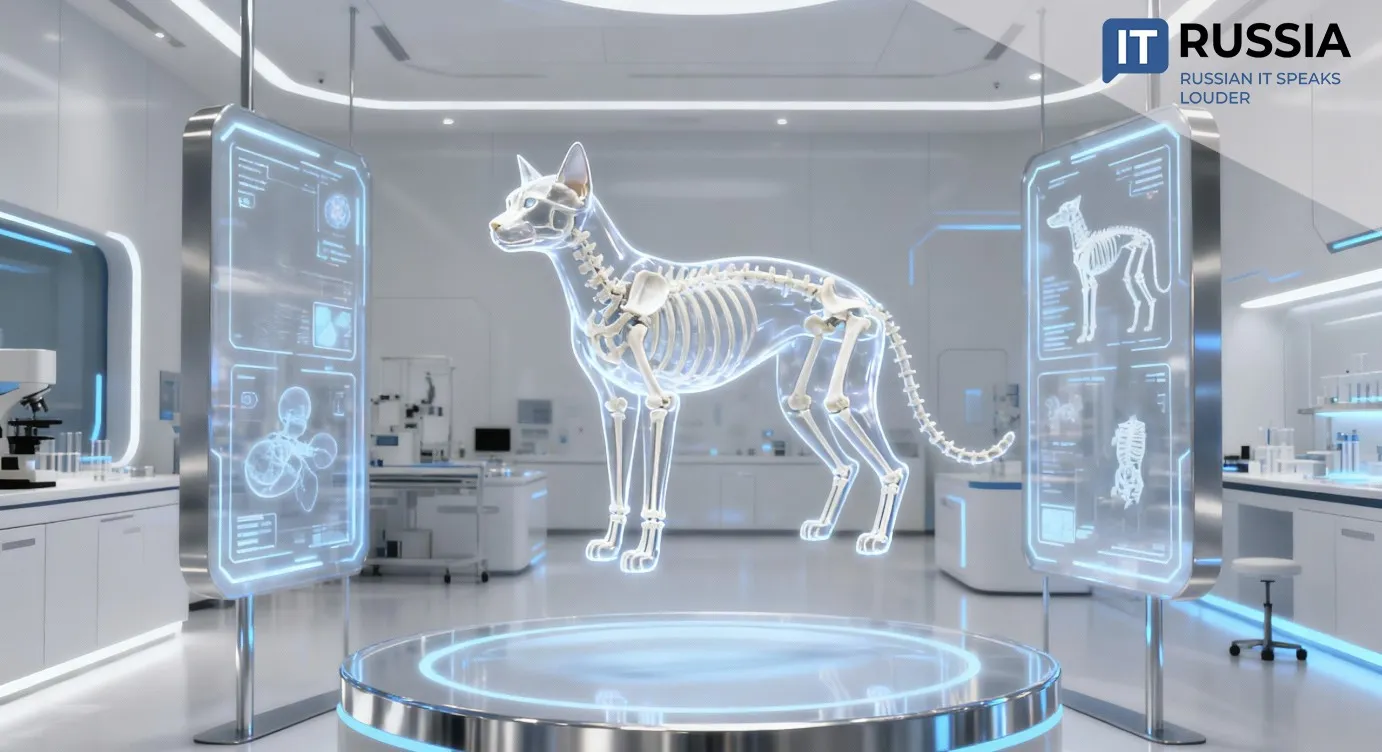Russia’s Nuclear Clock: Ultra-Precision for the Navigation Systems of the Future

Scientists in Sarov’s National Center for Physics and Mathematics (NCPM) are developing a nuclear clock based on the isomeric transition in thorium-229. Touted to become the most accurate timekeeping system in the world, the technology will enhance navigation systems such as GLONASS and pave the way for advances in fundamental research.
Dozens of Times More Accurate than Today’s Standards
In 2025, the NCPM in Sarov, supported by Rosatom and MEPhI, began work on nuclear clocks that use the isomeric transition in the nucleus of thorium-229. Unlike atomic clocks, which rely on electron transitions in cesium atoms, nuclear clocks are based on oscillations of a nuclear isomer. These clocks promise unprecedented stability on the order of 10^-19—dozens of times more accurate than current standards.
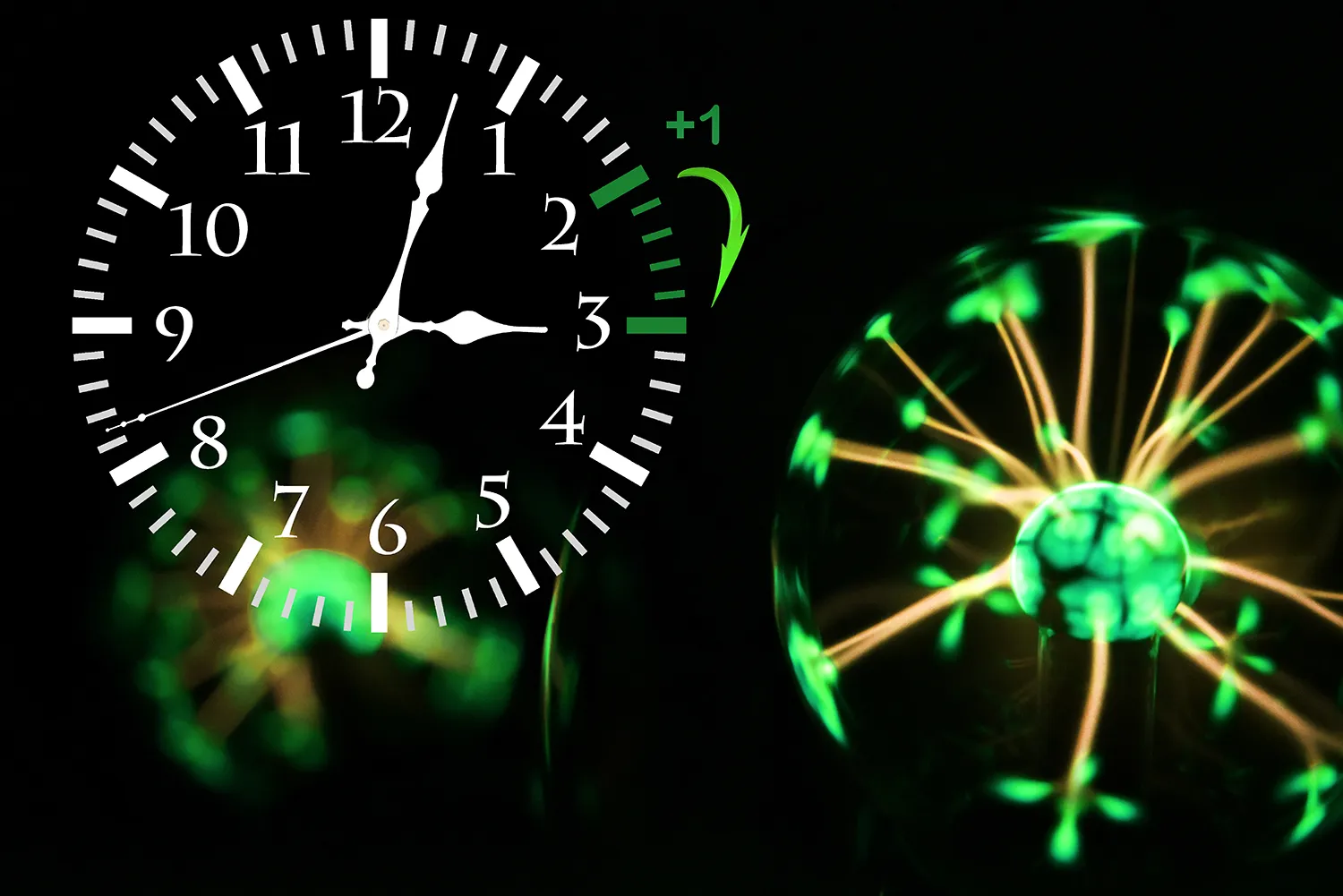
Thorium-229 was chosen for its low transition energy (around 8 eV), allowing the use of optical techniques for excitation and measurement. The development includes thorium-229 sources, laser excitation systems, and high-precision detectors. The nuclear clocks are expected to be smaller and more energy-efficient than their atomic counterparts—an essential feature for satellite systems.
Enhanced Navigation Accuracy
The main application for nuclear clocks is in satellite navigation systems like GLONASS. Timing accuracy is critical: a one-nanosecond error can translate into a 30-centimeter deviation. Nuclear clocks will reduce such errors and enhance positioning accuracy for civilian, military, and space use. They will also enable highly sensitive measurements of Earth's gravitational field, aiding in resource exploration for minerals and fossil fuels.
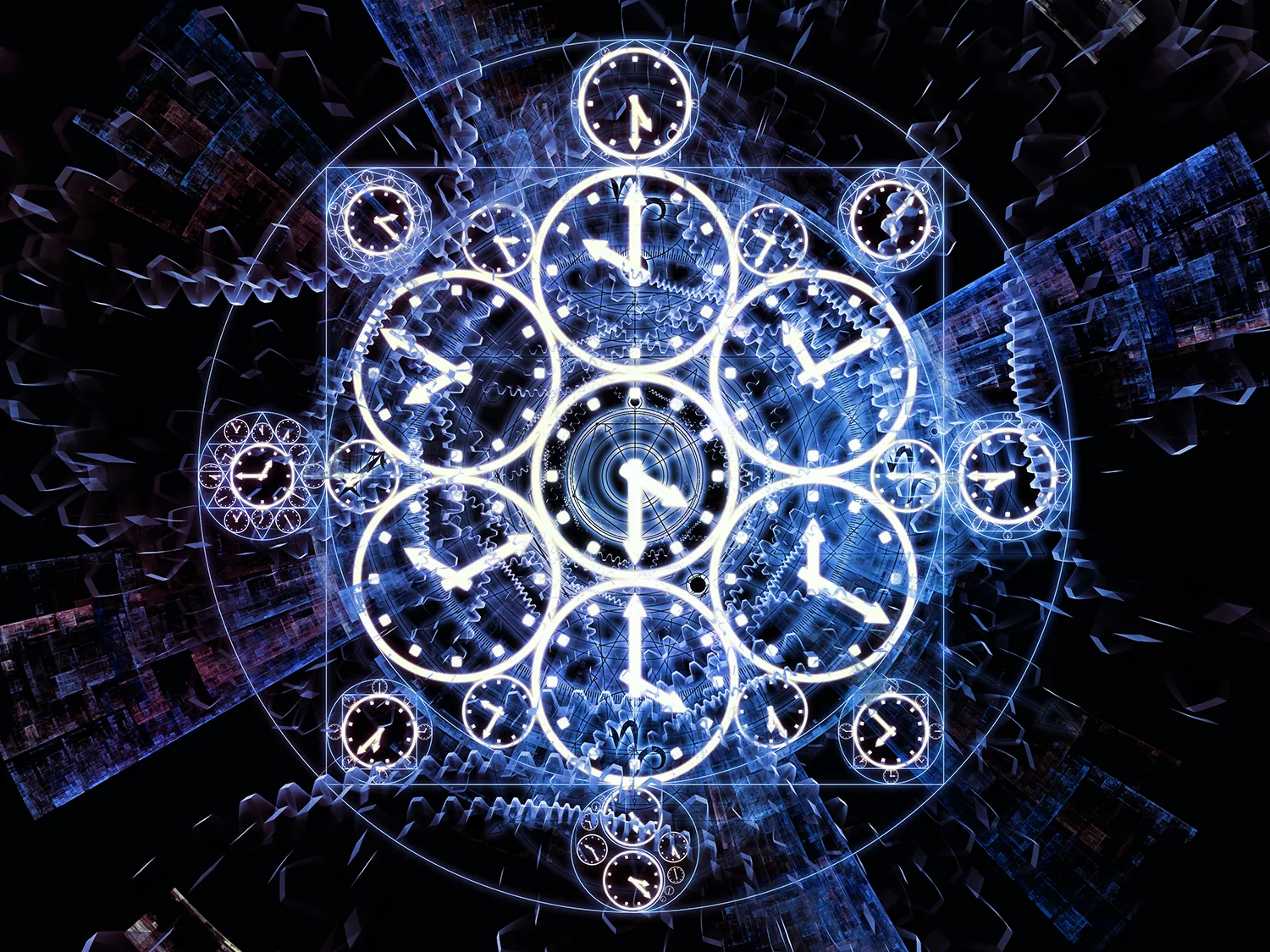
In telecommunications, these clocks can synchronize 5G and future 6G networks. In fundamental science, they will support the study of relativistic effects like gravitational time dilation and help test Einstein’s theories. In quantum computing, ultra-precise timing will enhance synchronization and system efficiency.
Path Forward
These nuclear clocks could become valuable exports for BRICS countries like China (with its BeiDou system), India, and Rosatom partners such as Egypt and Vietnam. In Russia, the technology is expected to serve scientific centers like the Joint Institute for Nuclear Research (JINR) and industrial applications requiring ultra-precise synchronization. A prototype is planned for completion by 2027, with mass production slated for 2030. Integration with artificial intelligence will enhance their capabilities for data processing and decision-making.
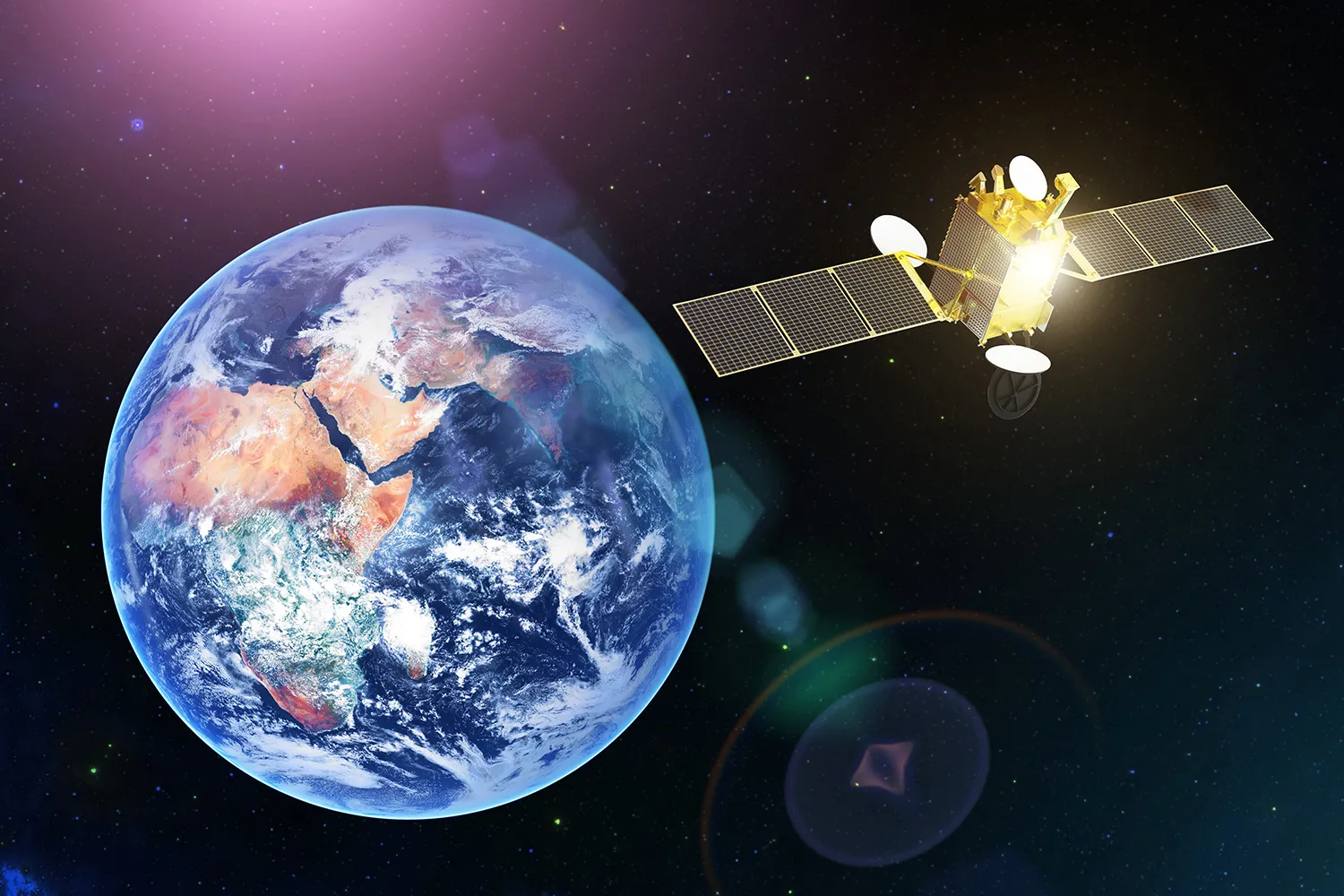
Development Timeline
Initial work began in 2018 with studies on thorium-229 at NCPM. By 2023, researchers had mastered laser spectroscopy to manipulate the isomeric transition, confirming its stability in 2024. The prototype, which includes laser and cryogenic components, entered construction in 2025. Testing showed strong resistance to external interference and 10% lower energy consumption compared to atomic clocks. The project brings together Rosatom and RAS institutes with strong backgrounds in quantum technologies.



















